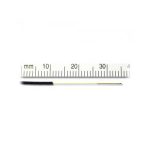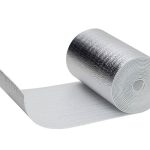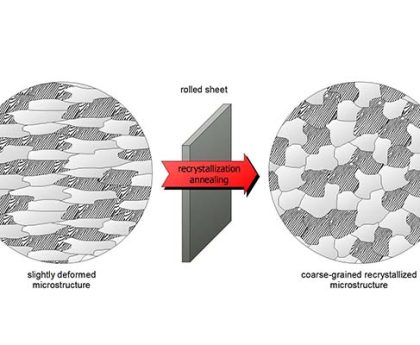With rapid advancements in science and technology, new structures and devices emerge continuously, and the application of new materials and processes becomes increasingly widespread. Welding dissimilar metals not only meets the requirements for high-temperature resistance, corrosion resistance, and wear resistance but also saves a significant amount of alloy materials and precious metals, thereby significantly reducing manufacturing costs. It has become an essential processing method in modern engineering technology.
Dissimilar material welding refers to the process of welding two or more different materials (with differences in chemical composition, metallographic structure, and properties) together. In dissimilar metal welding, the most common is welding dissimilar steels, followed by welding dissimilar non-ferrous metals and steel-to-non-ferrous metal welding.
Challenges in Dissimilar Material Welding
A transition layer with different properties and structures from the base material is formed when welding dissimilar materials. This is because dissimilar metals exhibit significant differences in elemental, physical, and chemical properties. Compared to welding similar materials, welding dissimilar materials is much more complex regarding welding mechanisms and operational techniques.
Importance of Gas Control in Welding
Furthermore, the use of shielding gas is crucial during the welding process. Without proper shielding, gas, oxygen, or other gases from the atmosphere can infiltrate the arc and weld pool, react with the molten metal at high temperatures, and create welding defects that impact product suitability.
The primary function of welding gas is to protect the welded metal from the influence of other gases and impurities, ensuring the quality of the welding product. Additionally, the performance of the welding shielding gas has corresponding effects on welding speed, weld penetration depth, shaping, weld fume, arc stability, and more.
Welding shielding gases can be classified into inert gases and active gases. Inert gases do not decompose at high temperatures; they are monoatomic gases that do not chemically react with or dissolve in liquid metals. Common inert gases include argon, helium, and nitrogen.
Applications of Thermal Conductivity Gas Sensors and Oxygen Analyzers
Considering the involvement of multiple gases, including oxygen and shielding gases, in dissimilar material welding processes, it is essential to monitor the concentrations of these gases in real-time to ensure welding within the standard concentrations, thereby enhancing the quality of the welding products. Two recommended sensors for this purpose are the MTCS2601 thermal conductivity gas sensor by Neroxis and the OMD-640 oxygen analyzer by Southland.
MTCS2601 Thermal Conductivity Gas Sensor by Neroxis
The MTCS2601 thermal conductivity gas sensor by Neroxis, based on the physical Pellani principle without any chemical reactions, is an excellent choice for metal welding. It has ultra-low power consumption and can be used in the presence of interfering gases. This sensor operates based on the variation of gas thermal conductivity due to pressure. It enables accurate and reliable monitoring of the concentration of shielding gases during the welding process, ensuring optimal welding conditions.
OMD-640 Oxygen Analyzer by Southland
The OMD-640 oxygen analyzer by Southland combines a robust and portable design with the use of a precise oxygen sensor (SSO2). It offers highly reliable and cost-effective oxygen concentration detection, featuring an easy-to-use user interface. This analyzer is not affected by other background gases such as H2, He, or hydrocarbons, making it suitable for detecting oxygen concentration in the inert gas welding of dissimilar materials.
Conclusion
Various gases, including oxygen and shielding gases, play crucial roles in dissimilar material welding processes. Monitoring and controlling the concentrations of these gases are vital for ensuring high-quality welds. Using thermal conductivity gas sensors, such as the MTCS2601 by Neroxis, and oxygen analyzers, such as the OMD-640 by Southland, provides real-time monitoring of gas concentrations during welding.
These advanced sensing technologies contribute to the optimization of welding conditions, improving product quality, and reducing the occurrence of welding defects. By leveraging such innovative solutions, manufacturers can enhance the efficiency and reliability of dissimilar material welding processes, further advancing modern engineering technologies.




